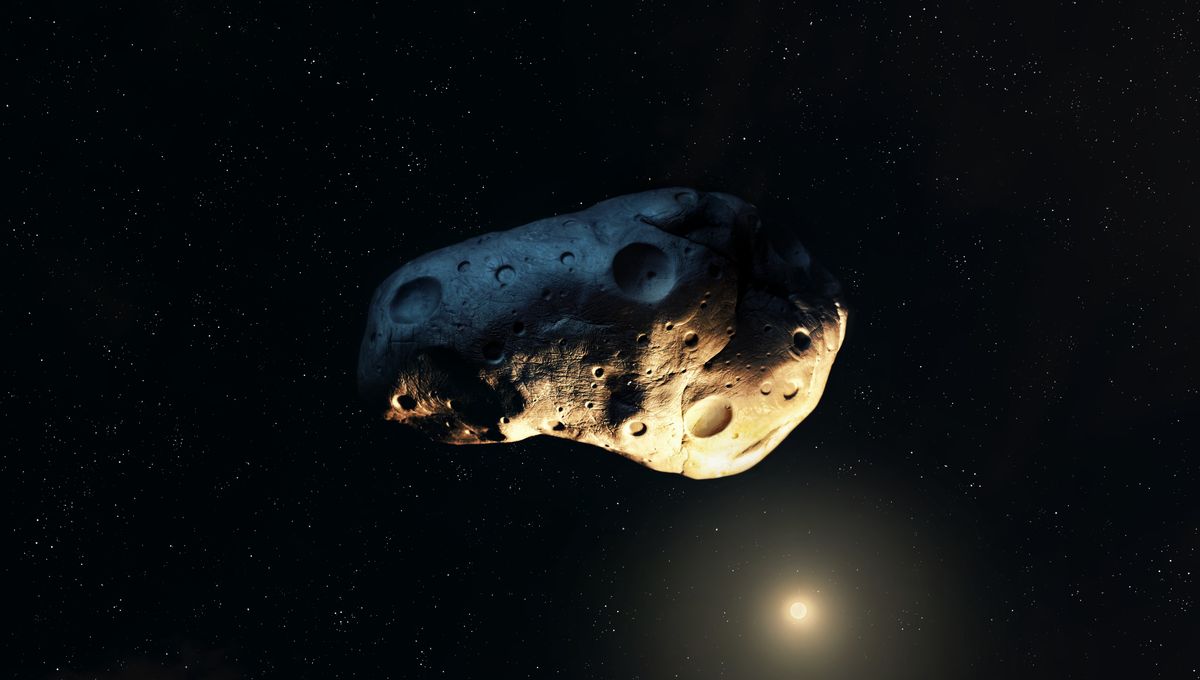
One hundred and seventeen years ago, on June 30, 1908, the world changed. For the people of Eastern Russia, near the Tunguska River, the world came close to ending. Something fell from the sky with such strength that it threw people back into the air for meters. They were tens of kilometers from the impact. In the rest of the world, seismometers measured what became known as the largest celestial impact in recorded history: the Tunguska Event.
Then, just over a decade ago in December 2014, physicist Stephen Hawking, planetary defense non-profit B612 Foundation president Danica Remy, Apollo 9 astronaut Rusty Schweickart, filmmaker Grigorij Richters, and astrophysicist and rockstar Brian May announced the formation of Asteroid Day on June 30 to highlight the importance of protecting the planet from such celestial threats. The United Nations (UN) recognized it the following year.
“The United Nations declaration of June 30 as Asteroid Day is a very important milestone for us,” Asteroid Day co-founder Richters told IFLScience back in 2016. “We need to raise awareness about the asteroid hazard. It’s a global problem and we need a global solution.”
Ten years later, we are living in a very different world when it comes to planetary defense. We have now predicted the impact of 11 space rocks before they hit the planet. They have all been small, burning up in the atmosphere, and their detection occurred just hours before the impact – but the fact that this is now something we can do is a game changer. Even hours might make a difference in protecting people, if there’s something worrying enough that a city or a region needs to evacuate or take shelter.
Over the last decade, humanity has demonstrated that it can not just predict an asteroid about to plunge through our atmosphere, but it can also shift its orbit – a crucial capability demonstration, if in the future we are put in the position that an asteroid is coming for us. This was seen when NASA’s DART slammed into the small moon of asteroid Didymos.
Today, on Asteroid Day, we mark ten years of global awareness and education. […] we’re in a great position to make monumental strides in asteroid discovery, ensuring a safer future for Earth.
Grigorij Richters
The object, called Dimorphos, was in no way a danger to us, but by sending a kinetic impactor to smack into it, we could check if we could move its orbit around the larger asteroid. And we did; by more than scientists were expecting. DART was an incredible success and may have even created the first human-caused meteor shower.
The year 2014 was a good year to think about asteroids because that’s also when the International Asteroid Warning Network (IAWN), chaired by NASA, and the Space Mission Planning Advisory Group (SMPAG), chaired by the European Space Agency, began meeting. These two groups plan the different aspects of humanity’s response to this potential threat.
A lot of the work is simulation and planning, but it all became very real with the detection of asteroid 2024 YR4. The asteroid had a small chance of hitting Earth in 2032, and it was large enough (tens of meters in the first observations) to pose a threat to a sizable region. These two factors were sufficient to activate IAWN and set SMPAG on pre-alert.
The rock is no longer a threat to us (maybe not directly, at least), but it may impact the Moon (now with a 1-in-23 chance of doing so), and it is crucial to continue monitoring these space rocks. If 2024 YR4 had been a real threat in the end, SMPAG was ready to step up.
“We’re not frightened. We’re not scared. This is not an insurmountable task,” Richard Moissl, the head of ESA’s Planetary Defence Office, told IFLScience back in February. “We don’t stop, we just try to get better every step of the way.”
And what about the future? Well, there are concerns about how the Trump administration’s dramatic cuts will affect NASA and its capacity to provide planetary defense. Trump’s proposed budget cut eliminated funding for the OSIRIS-APEX mission, already in space, which was supposed to rendezvous with the dangerous asteroid Apophis in 2029. A recent report from the NASA Office of Inspector General (OIG) shows the good and the worrying when it comes to this work.
A paradigm shift in discovery will come from NASA’s planned NEO Surveyor project and the Vera C. Rubin Observatory, which shared its first light images last week. In a matter of hours across five nights, the observatory discovered 2,104 new asteroids. It will likely find several million in total during its 10-year-long survey.
“Today, on Asteroid Day, we mark ten years of global awareness and education. With tools like the Vera Rubin Observatory, we’re in a great position to make monumental strides in asteroid discovery, ensuring a safer future for Earth. But beyond this day, it’s the dedication of countless men and women: scientists, engineers, researchers, and advocates, who make every day Asteroid Day, working tirelessly to protect our planet from potential threats,” Richters told IFLScience today.
Happy 10th birthday, Asteroid Day – let’s hope that we are in an even stronger position in another decade!
Source Link: Asteroid Day At 10: How The World Is More Prepared Than Ever To Face Celestial Threats